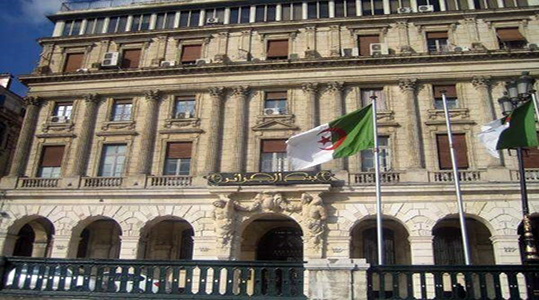The volume of liquidity circulating with Algerian banks has fallen below the threshold of $8 billion, for the first time in more than 20 years, which portends a severe liquidity crisis that may threaten the banking system.
The country faces increasing financial pressures in light of declining oil export revenues and the erosion of foreign exchange reserves. President Abdelmadjid Tebboune’s recent decision to prevent the printing of money or foreign borrowing came to increase the challenges facing banks.
In this context, a member of the Banking Association, Baghdad Ammar, revealed that the liquidity deficit increased from 49 percent in March to 55 percent at the end of May, knowing that it was at 20 percent at the beginning of 2019.
Ammar pointed out that, according to the Algerian Central Bank’s report, bank liquidity lost 180 billion dinars, equivalent to 1.4 billion dollars, at the end of last May, compared to December 2019, to settle at 916 billion dinars, or 7.9 billion dollars, the end of May, a figure unprecedented in the past twenty years.
Ammar attributed the increase in the liquidity deficit to the continuous increase in the size of non-performing loans during the past five years, reaching 10 percent in 2015, to increase to 13 percent in the following year, 17 percent in 2017, and then 20 percent in the following year, before It jumped to 25.2 percent over the past year 2019.
Source (The New Arab Newspaper, Edited)

